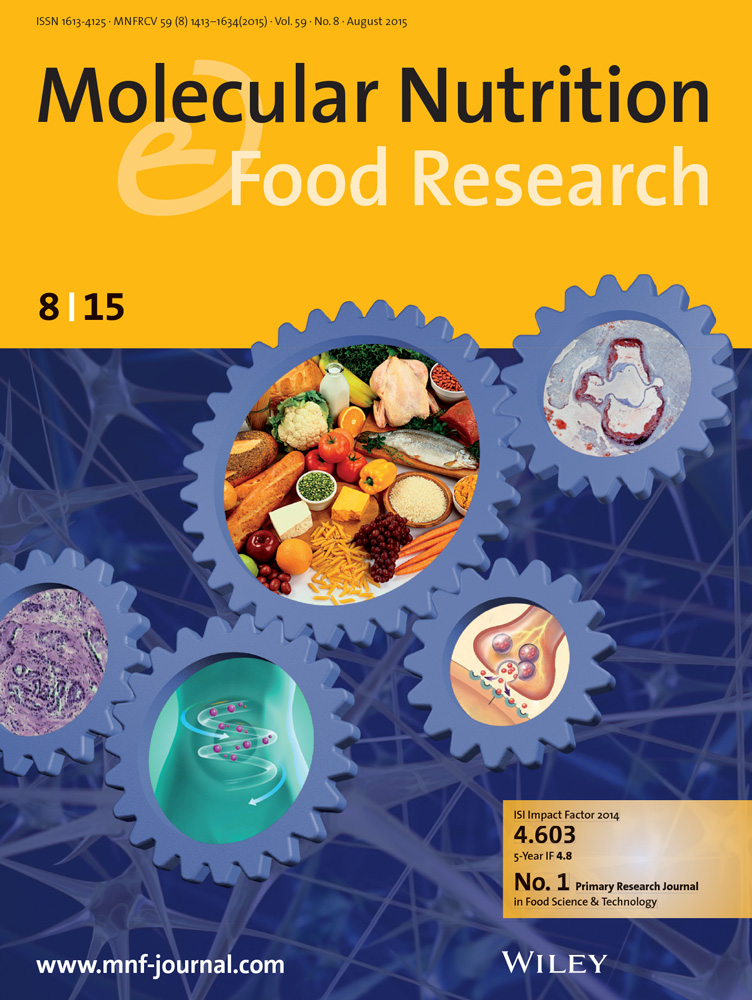Arecoline Alleviates T2DM via Gut Microbiota Modulation and Liver Gene Regulation in Mice
Abstract
Scope
Arecoline, the main alkaloid in areca nut, has shown potential in modulating metabolism and gut microbiota. This study aimed to evaluate its therapeutic effects on glucose and lipid metabolism, inflammation, liver function, and potential mechanisms in a Type 2 diabetes mellitus (T2DM) mouse model.
Methods and results
T2DM was established in mice with a high-fat, high-sugar diet, and streptozotocin injections. Arecoline significantly reduced fasting blood glucose, enhanced glucose tolerance, and increased insulin sensitivity. Serum lipid profiles showed marked decreases in total cholesterol, triglycerides, and LDL-C levels. Systemic inflammation, as measured by serum levels of IL-1β, IL-6, and MCP-1, decreased significantly. Improvements in liver function were observed, as indicated by reductions in ALT and AST levels. Liver transcriptomic analysis revealed modulation of pathways related to glutathione metabolism, MAPK signaling, and cAMP signaling, which were involved in insulin signaling and oxidative stress response. Additionally, arecoline mitigated gut dysbiosis by restoring microbial diversity, altering gut microbiota composition, and regulating key pathways involved in NAD biosynthesis and fatty acid β-oxidation, which were critical for maintaining energy homeostasis.
Conclusion
Arecoline improves glucose metabolism, lipid profiles, and liver function, while modulating gut microbiota and liver metabolic pathways, showing potential as a therapeutic agent for T2DM.



 求助内容:
求助内容: 应助结果提醒方式:
应助结果提醒方式:


